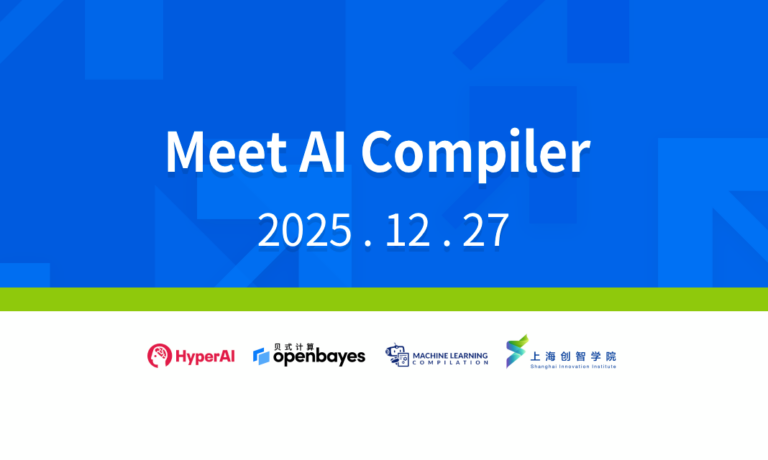Understanding K-Means, K-Modes, and K-Prototypes: How Data Types Shape Clustering Strategies in Unsupervised Learning
When we delve into the realm of unsupervised learning, one of the first algorithm families we encounter is the K-Family—K-Means, K-Modes, and K-Prototypes. Each member of this family serves a distinct purpose in making sense of unlabeled data, primarily determined by the type of data we are working with. In this second part of the Unsupervised Learning series, we will explore these three algorithms, not just through their technical aspects, but also by understanding the underlying principles that guide their operations. At the core of every clustering strategy, the concept of "similarity" is pivotal. K-Means: The Standard for Numerical Data K-Means is one of the most widely used clustering algorithms, particularly for datasets consisting solely of numerical features. The goal of K-Means is to partition the data into a specified number of clusters (K) such that the sum of the squared distances between the data points and their respective cluster centroids is minimized. This approach makes K-Means highly effective for problems where the data can be represented as points in a continuous numerical space. The algorithm starts by randomly selecting K points from the dataset as initial centroids. Then, it iterates through two main steps: 1. Assignment Step: Each data point is assigned to the nearest centroid based on Euclidean distance. 2. Update Step: The centroid of each cluster is recalculated as the mean of all the points assigned to it. These steps are repeated until the centroids stabilize, meaning there is minimal movement from one iteration to the next. While K-Means is simple and efficient, it has limitations. For instance, it assumes that clusters are spherical and of similar size, which may not always be the case in real-world data. Additionally, it is sensitive to the initial placement of centroids and can converge to suboptimal solutions if not carefully tuned. K-Modes: Handling Categorical Data K-Modes addresses the shortcomings of K-Means when dealing with categorical data. Unlike numerical data, categorical data does not have a natural ordering or distance metric. K-Modes, therefore, uses a different strategy to define similarity. Instead of Euclidean distance, it employs a simple matching dissimilarity measure. This means that the distance between two points is defined by the number of differing categories. The process of K-Modes is similar to K-Means, but with a few key differences: 1. Assignment Step: Each data point is assigned to the cluster whose centroid has the smallest Hamming distance. 2. Update Step: The centroid of each cluster is updated by choosing the attribute that occurs most frequently among the points in the cluster. By focusing on categorical attributes, K-Modes can effectively group data without relying on numerical distances. However, it too has limitations. For example, it does not handle mixed data types well, which can be a significant drawback in many practical applications. K-Prototypes: The Best of Both Worlds K-Prototypes integrates the strengths of K-Means and K-Modes to handle datasets that include both numerical and categorical attributes. This hybrid approach allows for a more flexible and comprehensive clustering strategy. K-Prototypes uses a combined distance measure, considering both Euclidean distance for numerical features and Hamming distance for categorical features. The algorithm proceeds as follows: 1. Initialization: Randomly select K prototypes, which contain both numerical and categorical attributes. 2. Assignment Step: Assign each data point to the nearest prototype based on a weighted combination of Euclidean and Hamming distances. 3. Update Step: Recalculate the centroids for numerical features and update the modes for categorical features. The flexibility of K-Prototypes makes it particularly useful for scenarios where data points have a mix of numerical and categorical values. For instance, in customer segmentation, where attributes might include age (numerical) and gender (categorical), K-Prototypes can provide more accurate and meaningful clusters. However, K-Prototypes also faces challenges. One of the main issues is determining the optimal weight for the combined distance measure. The weights must be carefully chosen to balance the influence of numerical and categorical features, and this can require extensive experimentation and domain knowledge. Practical Considerations and Applications Choosing the right clustering algorithm depends on the nature of your dataset and the specific goals of your analysis. If your data consists entirely of numerical attributes, K-Means is an excellent choice due to its simplicity and efficiency. For datasets with only categorical features, K-Modes is more appropriate. When dealing with mixed data types, K-Prototypes offers a balanced solution, but at the cost of additional complexity and tuning. In real-world applications, these algorithms have proven invaluable in various fields: - Marketing: Customer segmentation helps tailor marketing strategies to specific groups. - Healthcare: Patient stratification can improve treatment plans and outcomes. - Finance: Portfolio management and risk assessment benefit from clustering techniques. Understanding the principles behind these algorithms not only aids in their application but also in the interpretation of results. By recognizing how each algorithm measures similarity, you can better match the tool to the problem and optimize your clustering efforts. If you are interested in more modeling and analysis content, feel free to explore other articles in the series for a deeper dive into unsupervised learning strategies and their applications.
